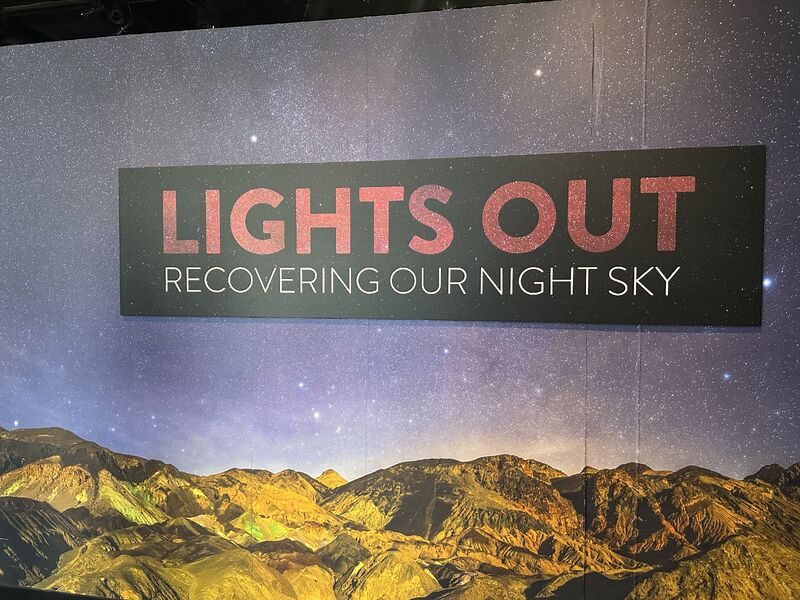By Professor Tiffany Banks On Tuesday, September 30th , students from my COMM 108: Foundations…

On September 24 our schedule brought us to the National Museum of the American Indian (NMAI). Our remote meeting was led by Edwin Schupman, a citizen of the Muscogee (Creek) Nation of Oklahoma, and manager of Native Knowledge 360° (NK360°) , Christopher Turner, Cultural Research Specialist and Mandy Van Heuvelen (Mnicoujou Lakota) Cultural Interpreter Program Coordinator .
This session explored how NMAI’s educational resources, exhibitions, and interpretive programs address the issue of climate change. Edwin Schupman began the afternoon by introducing the group to NK360, a national initiative aimed at improving education about Native Americans through developing classroom resources as well as professional development programs for teachers. An additional ongoing effort has been to expand their network of partnerships with Native communities, teachers, state education agencies, and other organizations. He shared portions of NK360’s digital lessons “American Indian Responses to Environmental Challenges” which provides case studies of Indigenous community and tribal government responses to environmental problems, problems which are having a direct impact on everyday lives. What the Fellows saw was rich with videos, lesson plans and teacher resources that allow for adaptation across age and grade levels.
He was followed by Christopher Turner, who shared Nation to Nation: Treaties Between the United States and American Indian Nations, an exhibit he worked on throughout its development. When the exhibit opened in 2014, informational hearings in communities that would be impacted by the proposed Dakota Access Pipeline had just begun. The exhibition was the result of years of work and yet, the museum could not have anticipated the protests that would arise and bring world-wide attention to the Indigenous communities it impacted. This has provided the interpretive and education staffs at the NMAI the opportunity to further address issues raised through onsite and digital programming.
Mandy Van Heuvelen spoke about the role of the cultural interpreters who interact with museum visitors, and shared a variety of resources. Having an awareness of the kinds of “truths” that visitors bring with them helps craft messaging that allows for cultural stereotypes to be replaced with more accurate information. Both she and Christopher spoke of the “Arc of Dialogue.” This model was developed by Tammy Bormann and David Campt, International Sites of Conscience (sitesof conscience.org).The process pairs a common experience shared by all participants with questions which have been designed to build trust and communication. This in turn will allow those involved to interact in more relevant and personal ways through a series of four stages: community building, sharing of experiences, exploring perspectives beyond one’s own, all of which lead to synthesis and closure.
The afternoon was engaging, thought-provoking and information, and Fellows left with a number of ideas that could be incorporated into their own work with students.





This Post Has 0 Comments